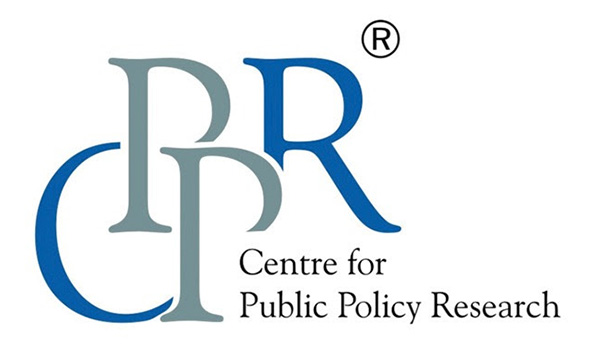Articles

India’s Approach to Rohingya Refugee Crisis
January 9, 2020
How Does Critical Thinking Promote Creativity?
January 13, 2020Higher Defence—Reforms and Creation of the Post of CDS
The article looks into various factors that led to the creation of the post of CDS and how it will affect the strategic transformation of our Armed forces and augment India’s internal security architecture.

The Higher Defence Structure and Organisation that we have inherited from Lord Mountbatten, the last British Viceroy in India and his Chief of Staff Lord Ismay remained almost static for many decades after India’s independence in 1947. The Sino-Indian Conflict in 1962 was instrumental in creating new defence consciousness in the country, particularly among the political class who hitherto was weaving dreams of a world blessed with peace, friendship, fraternity and non-alignment. Despite a couple of serious wars with our hostile neighbour in 1965 and 1971 and mounting threats and challenges to our national security, piece-meal and ad hoc defence reforms were undertaken periodically without addressing the strategic, logistic or operational requirements of the defence forces. The structural or Higher Defence Organisation Reforms ensuring better coordination and synergy among the defence forces remained untouched as the political class always looked upon such exercises with their own apprehensions, fears and concerns. The Kargil conflict of 1999 exposed such bottlenecks adversely affecting the operational potential of armed forces.
Views expressed are personal and need not reflect or represent the views of Centre for Public Policy Research
K V Thomas is Senior Fellow at CPPR. He has over 36 years of distinguished service in the Intelligence Bureau (Ministry of Home Affairs) of India where he rose to become the Associate Director. He can be contacted at [email protected]

